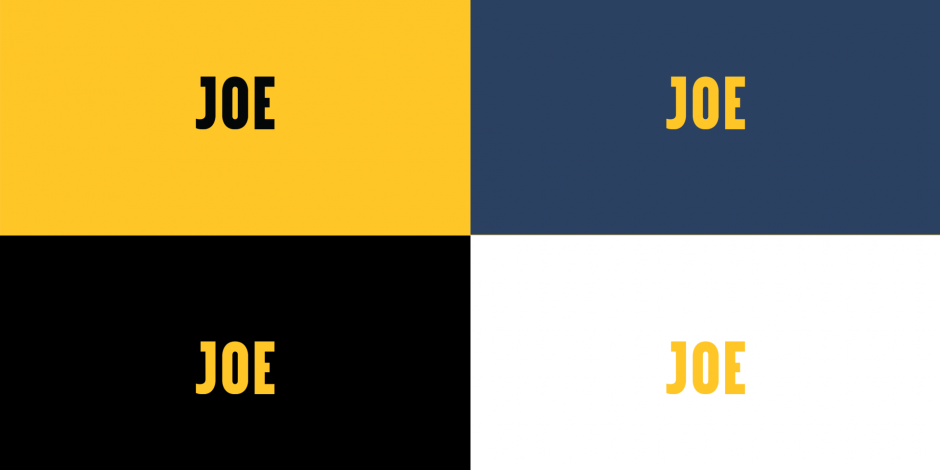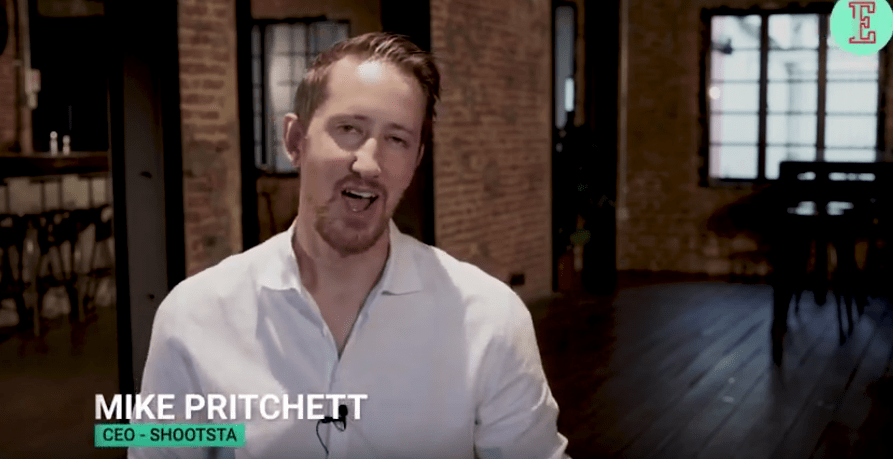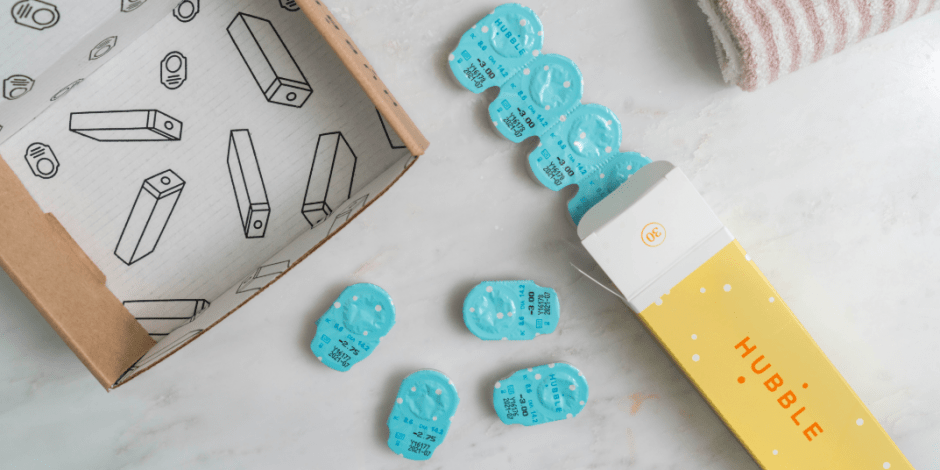Some of the UK’s largest traditional advertising spenders greatly tightened their belts in 2018, with overall spend slumping across cinema, outdoor, press, radio and TV.
According to research from Nielsen, top spender Procter & Gamble reduced its traditional ad spend from £196m to £186m in the UK last year. Sky’s expenditure, meanwhile, slumped to second with a 30% decline from £177m to £124m. Unilever fell out of the top three advertisers for the first time in the last five years, coming in at number seven and down 29.2% to £82.8m from £116m.
McDonald’s Restaurants took third place with a 28% increase to £122m, while BT clocked in as the fourth biggest spender.
Overall, traditional marketing spend from the brands profiled was down slightly from £8.7bn to £8.5bn. Amid an uncertain political and economic climate, just handful of brands increased their budgets.
Among those on the up was Amazon’s, which rose by 18% (£74m to £87.5m). Compare the Market saw budget growth of 30% to £62.2m and Camelot Lottery’s spend rose 40% to £53.3m.
Supermarkets, in particular, expressed caution. Sainsbury’s dropped out of the top 100, while Morrisons, Aldi and Lidl also reduced their spend in 2018.
Barney Farmer, UK commercial director at Nielsen, said: “With traditional advertising spend down 1.41% from 2017, our latest data highlights the changing advertising strategies from the biggest brands and retailers.
“However, it’s interesting that the rise and fall of advertising spend doesn’t seem to be consistent within sectors. While most supermarket retailers have opted to reduce spend, Asda and Tesco increased their spend, and this is the same for finance, with HSBC and Natwest dropping spend but many others continuing to show increases in year-on-year spend.
“There are many factors influencing this, from hardening budgets due to Brexit, to competition within the sector. There are likely to be some interesting times ahead.”
The figures come amid ongoing indecision around the economic status of the UK as it prepares to leave the European Union. If a no-deal scenario is the outcome of Theresa May’s negotiations, Enders Analysis predicts there will be an adverse effect on brand budgets.
Jean-Christophe Coutures, chairman and chief executive at Chivas Brothers earlier this week said that while no-deal Brexit strategy would be “a short-term nightmare” for businesses that it would not have any long-term impact on marketing plans.
Check out the top ten UK ad spenders below. Digital ad spend wasn’t taken into account by Nielsen.












